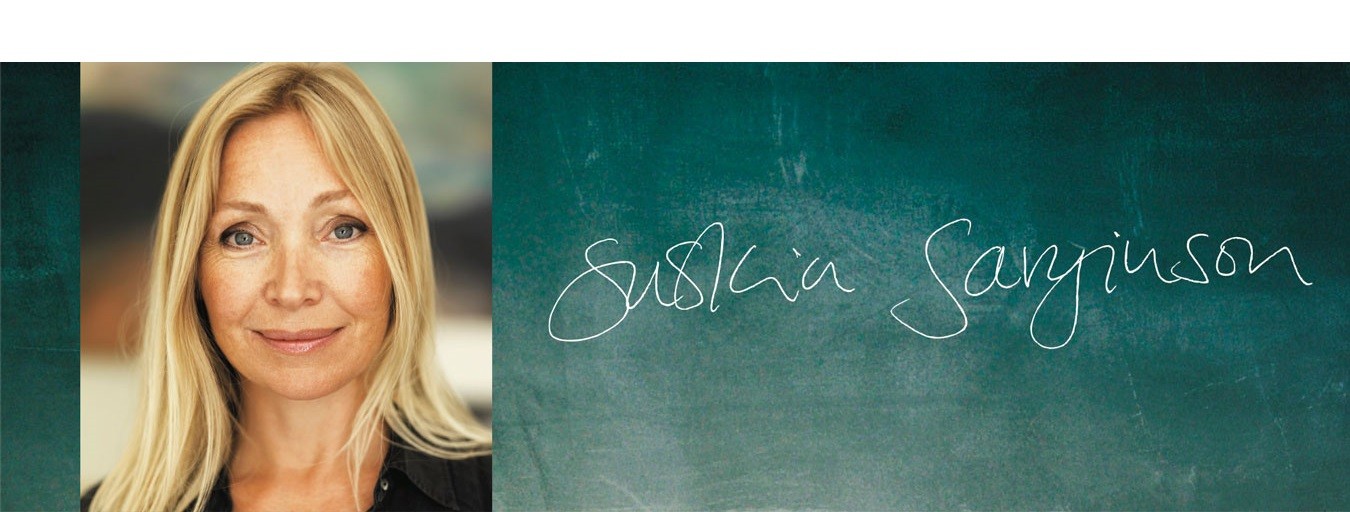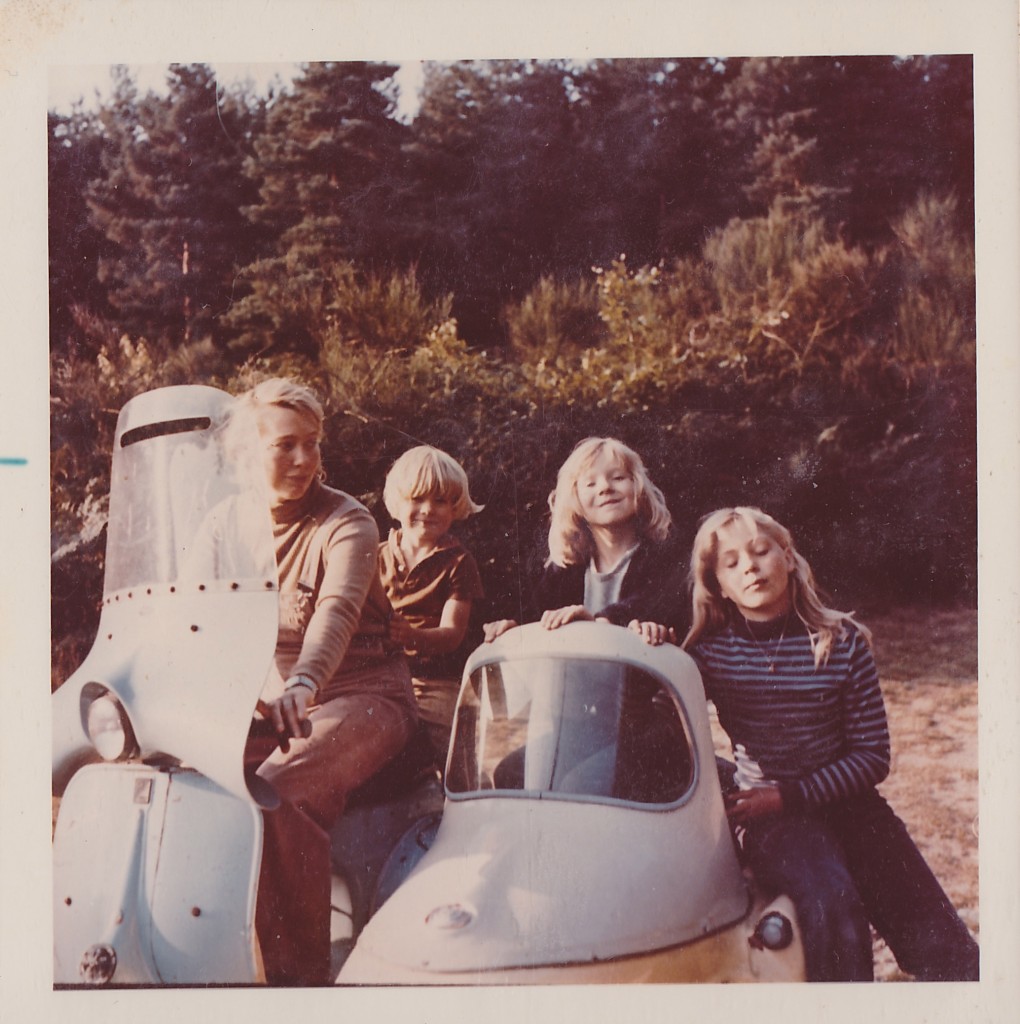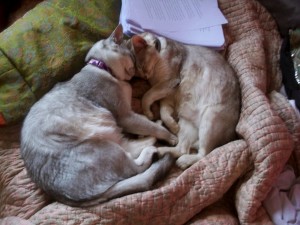TEN BOOKS THAT I LOVE
Every time I’m asked to choose a list of ten favourite books, the lists will vary slightly – there are just too many wonderful novels to choose from. But here are ten that I do love.
The Hours, Michael Cunningham
In this book, we have Virginia Woolf in 1920s London; Laura Brown, a young wife and mother, suffocating inside the domesticity of her life in 1940s L.A; and Clarissa Vaughan, a woman in New York in the 1990s. The story is told across the span of a single day, with Cunningham cleverly making subtle connections between these seemingly unconnected lives, interweaving them across time and memory through literary references, unexpected associations and ideas. The book is full of humanity, love and loss.
The Girls, Lori Lansen
This is a small book that delivers a huge emotional punch. It’s about twin sisters growing up in a small American town, trying to live a ‘normal’ life. But when you discover that the twin sisters are joined at the head and are already, in their late twenties, the oldest surviving craniopagus twins in history, you know that this is going to be anything but normal. Told in first person in alternating chapters, we have thoughtful, literary Rose and outgoing, sunny Ruby giving us their perspectives on their intimate, entwined world.
Accidents in the Home, Tessa Hadley
A favourite read. Hadley writes emotionally intelligent books that are full of insightful observations. Clare is happily married with three small children. Her best friend, Helly, is a glamorous model. Both women seem to want what the other has, and when Clare realises that Helly’s latest boyfriend is someone she once had a teenage fling with, her safe and comfortable life begins to unravel.
Housekeeping, Marilynne Robinson
This book seems to me to be perfect. Set in a small, remote town in northwest America, against a landscape that is bleak, wintery and watery, it tells the story of two orphans who are abandoned by various relatives, until their enigmatic and vague aunt Sylvie comes to live with them. The story is subtle, beautiful and heart-breaking.
The Little Friend, Donna Tart
At 555 pages, this is a huge book in so many ways: dark and tense and full of loss, it nevertheless had me laughing so hard at times that I was crying. I fell in love with the voice of twelve-year-old narrator, Harriet. The story follows her search for her brother’s killer over one snake-infested summer in her small, southern town.
Train Dreams, Denis Johnson
My best friend gave me this book for my birthday this year – and I was happy she did. Set in the American West in the depression, it tells one man’s story in spare, concise language. It speaks of loneliness and endurance, and I really felt that it brought me closer to something mysterious and profound.
Brokeback Mountain, Annie Proux
Another short novel set in the vast, open countryside of America, about the lives of the men who survive there. Like Train Dreams, this book is written in spare, elegant prose and resonates with the unspoken. It is scored through with hard truths and it takes an unwavering look at the difficulties of being gay in the macho world of cowboys and rodeo riders.
The English Patient, Michael Ondaatje
A book that made an indelible mark on my psyche, it’s deeply emotional and full of poetry: a huge, sweeping story that covers war and betrayal, death and love. I recommend it whole-heartedly, whether or not you’ve already seen the film.
The Outcast, Sadie Jones
Sadie Jones has a particular gift for writing about horrific and extraordinary moments in life. Her writing goes to the core of a shattering event, slowing time, revealing exact earthbound details and the surreal otherness of it. This dark and elegant book is set an English village in the 1940s, where a boy called Lewis is haunted by the terrible tragedy that has wrecked his family.
The Road Home, Rose Tremain
I could have chosen almost any of her novels to put in this list. I find her writing to be truthful and tender, and she always tells a great story. This book is about Lev, an Eastern European coming to find work in London. We see the city through his eyes. The novel is funny and heart-breaking, and it captures what it is to be home-sick.


